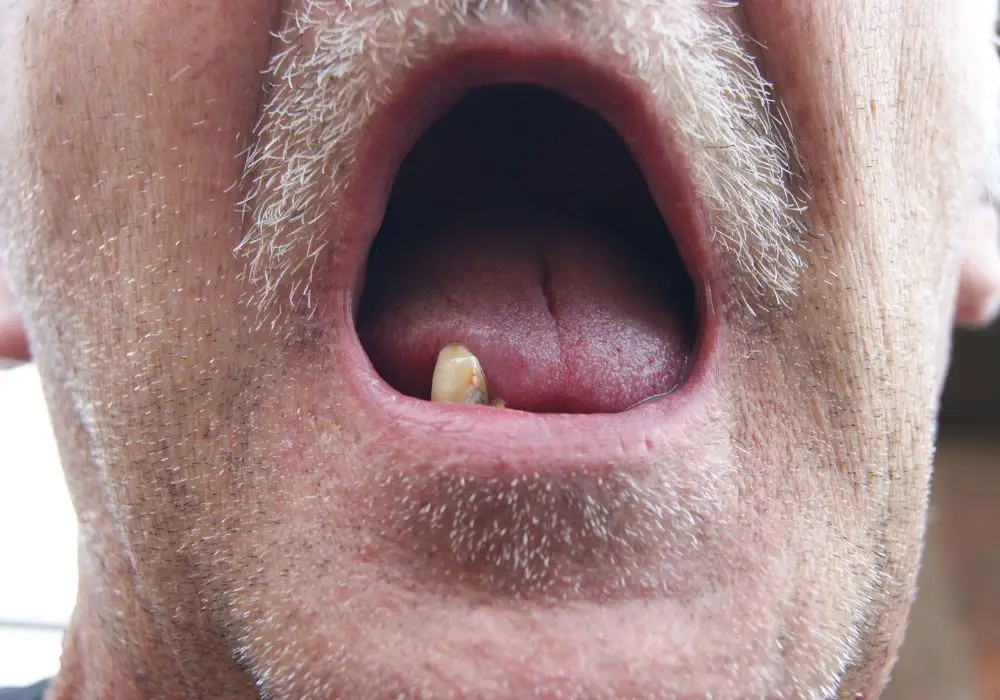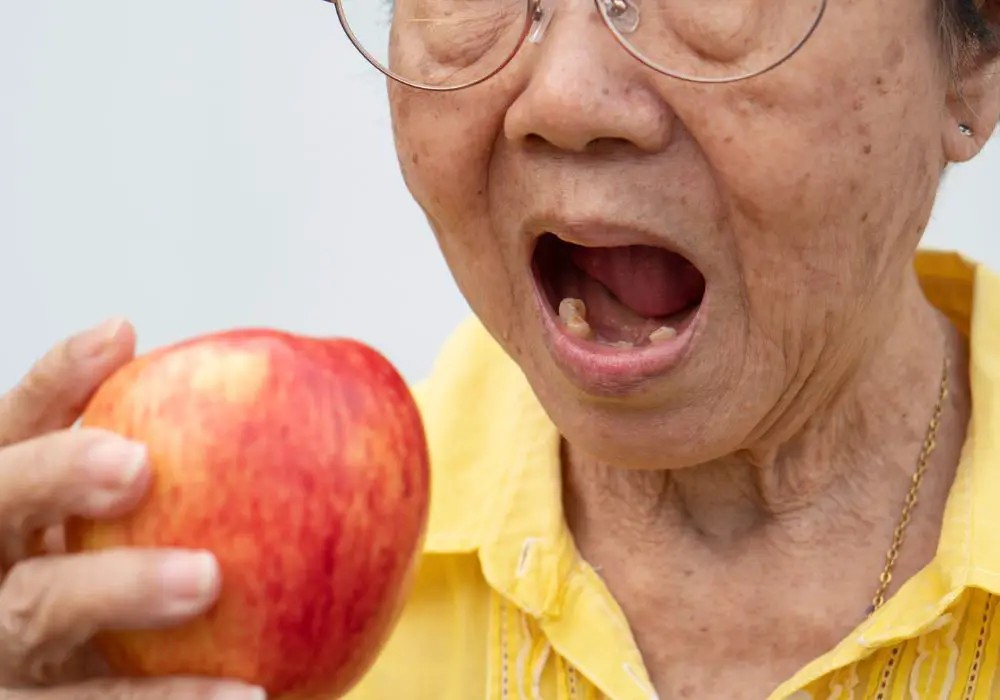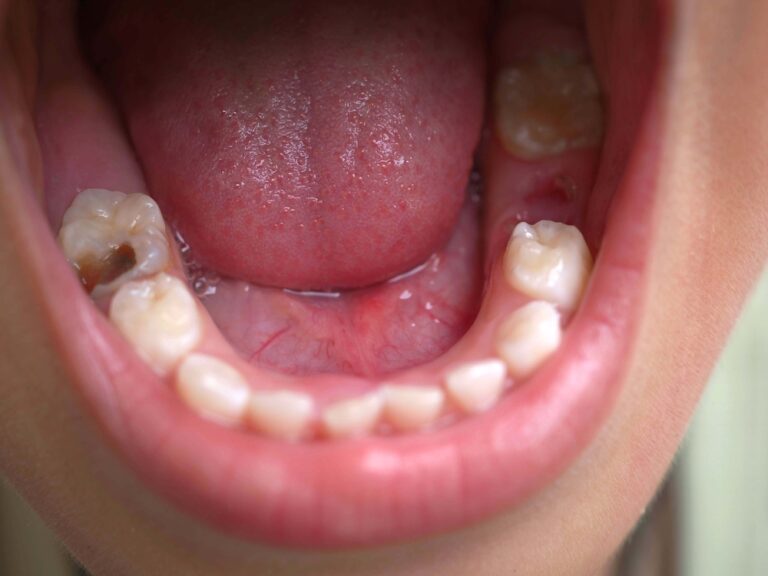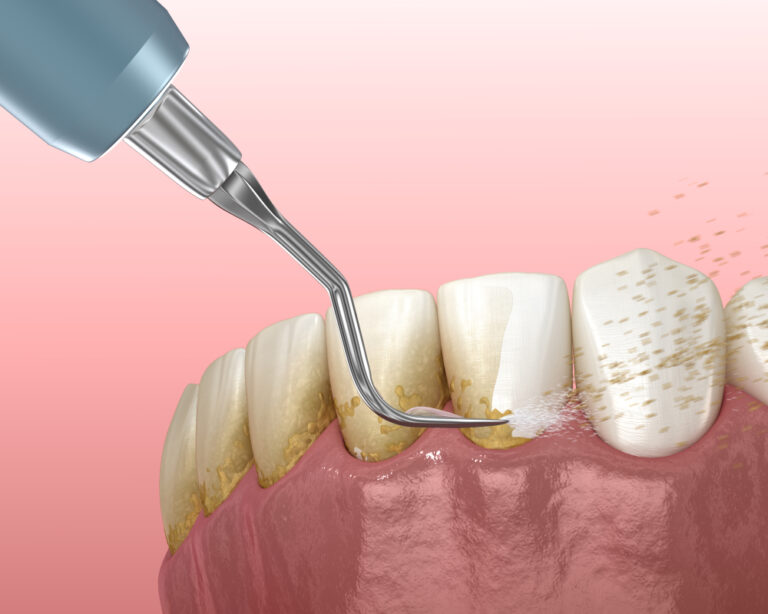Having no natural teeth, or being edentulous, affects millions of Americans. As we age, many adults lose some or all of their teeth due to gum disease, injury, or other oral health issues. When you have no teeth, it can be challenging to eat, chew and swallow food properly. However, with some adaptation and planning, you can follow a soft food diet to get the nutrition you need. This article explores the best foods to eat with no teeth, tips for preparing soft meals, sample recipes and menus, ways to ensure you get adequate nutrition, denture options, and answers common questions about eating without teeth. With a little creativity in the kitchen, you can enjoy flavorful soft foods for balanced nutrition.
Soft Foods That Don’t Require Much Chewing
When you have no natural teeth, you’ll need to stick to foods that can be mashed, pureed or eaten as-is without much chewing. Here are some of the top foods to focus on:
Dairy Products
Dairy foods like yogurt, pudding, custard, ice cream and cottage cheese are naturally soft and easy to swallow. Opt for smooth textures rather than chunky varieties. Greek yogurt is thicker than regular yogurt, so add a splash of milk to thin it out. For cottage cheese, choose small curd over large curd. Blending cottage cheese makes it even creamier. Ice cream is best when softened slightly. Try making homemade pudding and custard.
Eggs
Eggs are an excellent source of protein, and their soft, moist texture when cooked makes them ideal for eating without teeth. Scrambled eggs, omelets, quiches and frittatas can be eaten easily when eggs are cooked just until set but still soft. Do not overcook eggs until they get rubbery. Eggs can also be scrambled or incorporated into recipes like egg drop soup.
Soups
Broth-based soups with soft ingredients like noodles, diced vegetables, beans, rice or shredded meats are good choices. Avoid soups with large chunks. Cream soups made with blended vegetables or legumes are another option. You can puree chunky soups to make them smooth for easier swallowing. Be sure soups are well-hydrated and not too thick.
Mashed Potatoes and Other Soft Vegetables
Potatoes, sweet potatoes, boiled carrots, cooked squash and other cooked vegetables easily transform into smooth purees when mashed or blended. The key is making sure vegetables are very tender before mashing. Add some butter, olive oil or broth for extra moisture and flavor.
Applesauce and Fruit Purees
Applesauce and mashed ripe banana are fruits that naturally reach a smooth, pudding-like texture. Other fruits like peaches, pineapples, mangoes, strawberries and blueberries can be cooked down and then mashed or pureed to make them easy to swallow without teeth. You can also consume vitamin-rich fruit and veggie smoothies using a blender.
Oatmeal and Other Hot Cereals
Hot cereals like oatmeal, cream of wheat and grits soften into a creamy, smooth texture when prepared with water or milk. Let them sit for a few minutes after cooking to fully soften. Add a pat of butter, honey, cinnamon or fruit puree for extra flavor and moisture. Avoid cereals with nuts, seeds or chunks of fruit.
Pasta Dishes
Soft pastas like macaroni, ravioli, gnocchi and linguine can be eaten without chewing if they are very overcooked until reaching a mushy consistency. Top pasta with smooth sauces like alfredo or marinara rather than chunky sauces. Ricotta-stuffed ravioli and soft gnocchi are good choices.
Soft Bread Dipping

Bread dipped in liquid is easier to swallow than dry bread. Choose soft bread products like rolls, biscuits, pitas, tortillas or thick slices of crusty bread. Tear bread into small pieces for dipping in broth, olive oil, juice or melted butter.
Tender Meat and Fish
Ground, shredded, minced or mashed meats like chicken, turkey, beef, pork, fish and lamb can often be eaten without much chewing if they are cooked until very soft. Chop or shred meats into tiny pieces and cook thoroughly in broth or sauce.
Beans and Legumes
Well-cooked beans mash into a smooth texture, providing fiber and protein. Refried beans, hummus, bean dips and creamy lentil or split pea soups are nutritious options. Make sure there are no chunks in the beans.
Avocados
Smooth, creamy avocados can be mashed or pureed then eaten straight-up or mixed into other soft foods. They provide key nutrients and healthy fats.
Instant Oatmeal Packets
On-the-go instant oatmeal packs are pre-cooked, finely processed oats that soften into creamy oatmeal with the addition of hot water. They come in flavors like apples and cinnamon, peaches and cream etc. Add extra water or milk to reach the desired consistency.
Baby Food
Ironically, jarred baby foods intended for infants and toddlers work perfectly for adults with few or no teeth. Fruits, vegetables, cereals and meat purees provide key nutrients in perfectly smooth textures that require no chewing at all.
For those looking for an easy and nutritious solution to soft diets, HelloFresh offers a diverse range of recipes that cater to the need for effortlessly prepared, mashed, or pureed meals. With an array of weekly menu options designed for simplicity and health, including Family Friendly and Fit & Wholesome meals, HelloFresh ensures everyone can enjoy delicious food regardless of dental challenges
Tips for Preparing Soft Foods
Cooking and preparing foods for a soft diet takes some special care and techniques. Here are some tips for making no-chew meals:
- When cooking vegetables for mashing or pureeing, make sure they are extremely well-cooked until fork tender before blending or mashing. Undercooked veggies will not puree smoothly.
- Dice or shred vegetables and fruits into small pieces before cooking for quicker cooking. Large chunks take longer to soften.
- Use a food processor, blender, immersion blender or potato masher to achieve smooth purees without lumps or chunks.
- Add cooking liquid like broth, milk or gravy to purees to reach the desired consistency for swallowing. Thin with more liquid as needed.
- To puree meat, first cook until tender and flaky. Chop into small shreds and pulse in a food processor with cooking liquids to a smooth texture.
- Don’t use chunky condiments like jelly, relish or salsa. Opt for smooth sauces and dressings.
- When making cereal or oatmeal, allow it to sit for 5 minutes after cooking to fully soften and thicken.
- Take care not to overcook eggs until they become rubbery and tough. Stop cooking just before fully set.
- Moisten dry foods like bread with broth, sauce, melted butter, oils or other liquids to make them easier to manage.
- Consider using a blender to make homemade smoothies packed with fruit and veggies. Add yogurt or milk for creaminess.
Sample Menu and Recipes

Eating without teeth calls for creativity and some planning to ensure you get a balanced mix of soft foods and key nutrients. Here is a sample menu for one day:
Breakfast
Scrambled eggs with diced soft veggies
Applesauce
Creamy oatmeal
Tea or coffee
Lunch
Pureed lentil soup
Soft fish like tuna or salmon made into patties or cakes
Mashed sweet potato
Pudding
Dinner
Chicken and rice soup, pureed
Mashed potatoes
Steamed and mashed carrots
Applesauce
Dessert
Soft chocolate pudding made with avocado
Recipes
Scrambled Egg Veg Puree
- 2 eggs
- 1⁄4 cup milk
- 1⁄2 cup pureed cooked squash
- 1 tbsp fresh chives, finely minced
- Salt and pepper to taste
Whisk eggs with milk. Lightly coat pan with oil or butter. Add egg mixture to pan. Cook over medium heat, stirring and scraping bottom of pan until eggs begin to set. Add squash puree and chives. Continue stirring until eggs reach desired consistency. Do not overcook.
Avocado Chocolate Pudding
- 2 ripe avocados, peeled and pitted
- 1⁄4 cup unsweetened cocoa powder
- 1⁄4 cup honey or maple syrup
- 1 tsp vanilla
- 1⁄4 cup milk, plus more as needed
Blend all ingredients in food processor until smooth and creamy, adding more milk to thin if desired. Chill before serving.
Getting Proper Nutrition
One concern when you have no teeth is maintaining proper nutrition. Chewing helps produce saliva, which aids in digestion. When you can’t chew, you must pay special attention to eating a balanced diet. Here are some tips:
- Consume enough protein from eggs, dairy, legumes, tender meats, fish, peanut butter etc. Protein needs increase as we age. Most older adults need at least 1 gram of protein per kilogram of weight per day.
- Include fruits and vegetables. Blend into smoothies or juices, cook down into purees, choose baby foods or opt for microwavable steam-in-bag veggies to reheat and mash easily. Shoot for 1 1⁄2 – 2 cups of fruit and 2-3 cups of vegetables daily.
- Choose whole grains like oats, brown rice, soft bread and pasta when you can. At least half your grains should be whole.
- Don’t skip meals. Getting adequate calories and nutrients requires eating regularly. Have food every 3-5 hours.
- Drink liquids between meals. This helps maintain hydration for proper swallowing and digestion. Aim for 6-8 glasses of fluid daily.
- Use vitamin supplements to fill any nutritional gaps, according to your doctor’s recommendations. Multivitamins, calcium, vitamin D and vitamin B12 supplements may be beneficial.
- See a registered dietitian to help you plan a balanced soft food diet. They can ensure you avoid nutritional deficiencies.
Tips for adding nutrition:
- Make smoothies with milk and yogurt for extra protein and nutrients.
- Mix in protein powder or spirulina into smoothies.
- Use nutritional supplement drinks if it’s too difficult to meet needs with food alone.
- Top foods with shredded cheese for an extra protein boost.
- Use avocado oil and olive oil for healthy fats.
Denture Options to Regain Chewing Ability

While you can have a satisfying diet eating soft foods without teeth, getting dentures can greatly improve chewing ability and allow you to enjoy a wider variety of nutritious foods. Here are some tooth replacement options:
Conventional Dentures
Complete dentures replace all missing upper or lower teeth. Partial dentures fill in gaps from multiple missing teeth. Dentures consist of a gum-colored base holding artificial teeth. The base is custom molded to fit your mouth. Dentures are removable. They may take some practice to adjust to. Proper fit and dental adhesives help secure dentures in place for eating.
Implant-Supported Dentures
Dental implants fuse to the jawbone like artificial tooth roots. Implants provide additional stability and support for dentures. Different types of implant dentures are available, including:
- Implant-Retained Dentures – Dentures snap onto 2 or more ball-topped implants. You can still remove them daily.
- Implant-Stabilized Dentures – Partial dentures secured to multiple implants with attachments. Not removable.
- Implant-Supported Overdentures – Dentures attach to 4+ implants via attachments or are fixed permanently to implants. Allows for optimal stability.
Implant dentures require oral surgery to place the implants. This option has higher upfront costs but provides the best long-term chewing function.
Discuss your options with your dentist. While expensive, implants and dentures can greatly improve your quality of life if you have trouble eating without teeth. Dental insurance and financing options may be available.
Answers to Common Questions
What types of foods should be avoided if you have no teeth?
Avoid any foods that are crunchy, dry, tough, sticky, hard, crunchy, or have chunks. Things like nuts, seeds, chips, raw veggies, dried fruit, steak, candy, toast, and popcorn can pose choking risks and are difficult to swallow without teeth.
Can you eat meat if you have no teeth?
Yes, as long as meats are cooked until extremely tender and then mashed, shredded finely or pureed. Moist cooking methods like braising, stewing and poaching allow meats to get very soft. Ground meats are also a good choice.
What about sandwiches without teeth?
Sandwiches can be tricky without teeth, but there are ways to make them work. Opt for very soft bread with the crusts removed. Use moist, soft sandwich fillings like tuna salad, egg salad, or mashed avocado. Cut sandwiches into small pieces for easier swallowing.
Will dentures allow me to eat normally again?
Dentures can vastly improve chewing ability, however they may not restore the full chewing functionality of natural teeth. With practice and patience, dentures allow you to eat a wide range of nutritious everyday foods. Implant retained dentures provide the most natural chewing experience.
Can I still enjoy my favorite foods without teeth?
You may have to adjust the textures of some favorite foods, but with creativity, many foods can be modified to a toothless-friendly soft texture. For example, beef stew can be pureed, pasta can be overcooked and mashed, cookies can be soaked in milk to soften. Think about substitutes that capture the flavors you enjoy.
What food should I avoid immediately after getting dentures?
In the initial adjustment period after getting new dentures, avoid very hot, hard, chewy, crunchy or sticky foods that could dislodge or damage dentures. Slowly work your way up to a more varied diet as you get used to your new teeth. Be patient – it takes practice!
Conclusion
Without natural teeth, eating requires some adjustments and creativity. But by focusing on naturally soft foods like eggs, dairy products, purees, mashed vegetables, oatmeal, pastas and soups, you can maintain a healthy, balanced diet of enjoyable foods that don’t require much chewing. Pay attention to getting adequate nutrition and fluids. And consider dental replacements like partials, dentures or dental implants if you want to regain fuller chewing capacity. With the right techniques and adaptations, you can still savor delicious, nourishing foods even without teeth.






